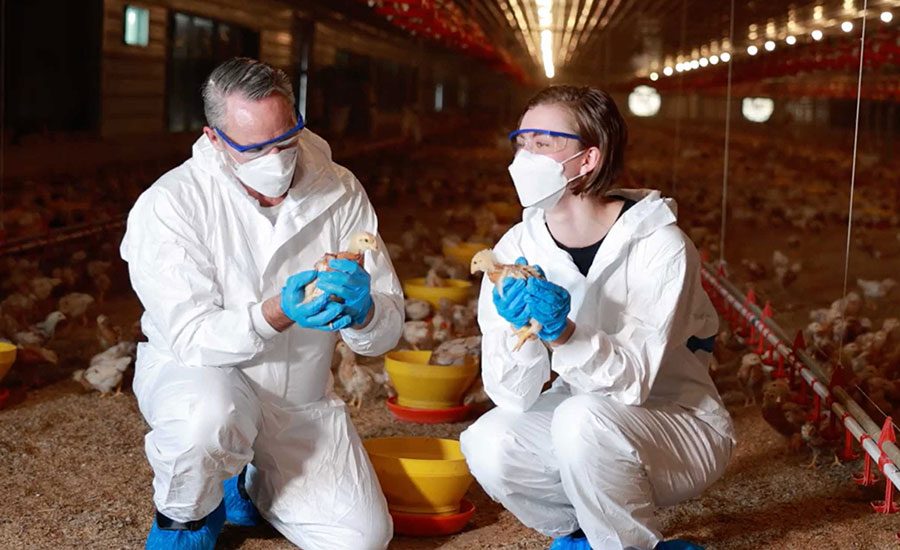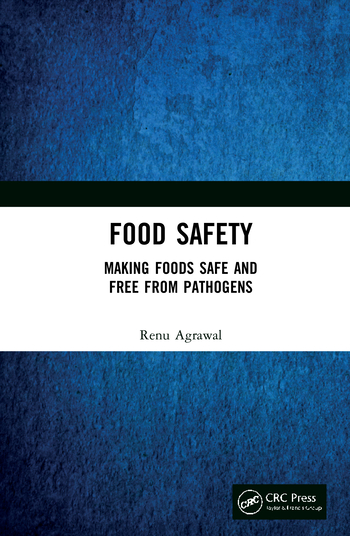We are all watching as the U.S. Food and Drug Administration (FDA)’s Food Safety Modernization Act (FSMA) begins to take shape. As the most comprehensive reform of our food safety laws in more than 70 years, its goal is to ensure that our food supply is safe by taking a preventive approach rather than a reactive one. Since FSMA was signed into law by President Barack Obama in January 2011, the food industry as a whole has been closely monitoring the many pieces of this legislation that affect our food supply chain. Included in the law itself are a number of regulations that FDA must issue to provide a roadmap to foodborne illness prevention. One important effort that is underway is the use of the new FSMA framework to reach food safety goals through collaboration. This is very different from the traditional enforcement approach currently in place. A focus on imported foods, foreign inspections, preventive controls for human and animal food products, produce safety, sanitary transportation of food, third-party certification of auditors and food defense are just a few of the key focal points for the new requirements.
So how does a company prepare for this sweeping landscape of new requirements? How do you put a plan of action into place so that your company and employees are ready? What tools can you use to plan effectively and logically for increased regulatory scrutiny throughout the supply chain? The answer is education, collaboration, planning and diligence.
Education: With so much being written and discussed around each new requirement, a company must take the time to dedicate resources to understanding the requirements as well as understanding which stage of law making each requirement is currently in. This takes time but is very important, as it can assist in the overall, long-term strategy on compliance. Key milestones and timelines are only as good as your knowledge of when the requirements will be finalized and how FDA will be interpreting these requirements. Be a constant student of FSMA and watch for opportunities to interact with regulators and others through industry forums.
Collaboration: This is key to successfully preparing for the new requirements internally. Many areas of your company will be effected by the new laws. Consider forming a FSMA steering team and bring in key stakeholders regularly to align and discuss key gaps and action plans. Communication and organization for compliance are critical. Don’t try and do it in a silo. You will fail miserably, regardless of your knowledge and expertise. It takes a team. Use your industry contacts. If you are not one to normally get involved with your industry groups, now is the time to reconsider. In these forums, you will have the opportunity to interact with others who are facing the same challenges. Sharing best practices and information can be very helpful. Normally, food safety compliance is not considered to be proprietary, and others are willing to share their approaches. Let’s face it…if one retailer fails with regard to food safety, it affects consumer trust for all retailers. We must work together.
Planning: This is probably the most challenging piece of FSMA implementation, especially if a company has waited until now to begin the journey towards compliance. There are many pieces that must come together to meet the new requirements. Start with the basics. Build a communication plan around what is coming and do a road show! You will need everyone to buy into the importance of compliance as well as “why” you are asking for changes. Build a culture based on understanding, train your employees on the needs, build the systems necessary to sustain compliance and then engage key champions to carry out implementation. Sounds easy right? It is not. It takes many experts working together to carry out a strategic initiative around key deliverables.
Diligence: Stay the course! Continue to meet with your steering team. Update the company on the status of the pieces of legislation. Visit each affected area of the company and identify champions that can assist in managing the message. Be consistent in your delivery of the current status and the next steps required. Encourage stakeholders and provide guidance and assistance. Step by step, you will begin to see movement.
It is no secret that FSMA compliance takes resources, money and time. It also takes expertise and good planning. While it can be done, I think we can all agree that one size does not fit all. While I have provided some tools to consider, you will have to decide what works best in your company and in your culture. Just remember, you can’t do it alone. This is one example where starting from the top level in your organization and working down makes the most sense.
Sharon P. Wood, M.Sc., is the director food safety, technical services and regulatory affairs at H-E-B supermarkets.
Are You FSMA Ready?

Looking for a reprint of this article?
From high-res PDFs to custom plaques, order your copy today!








